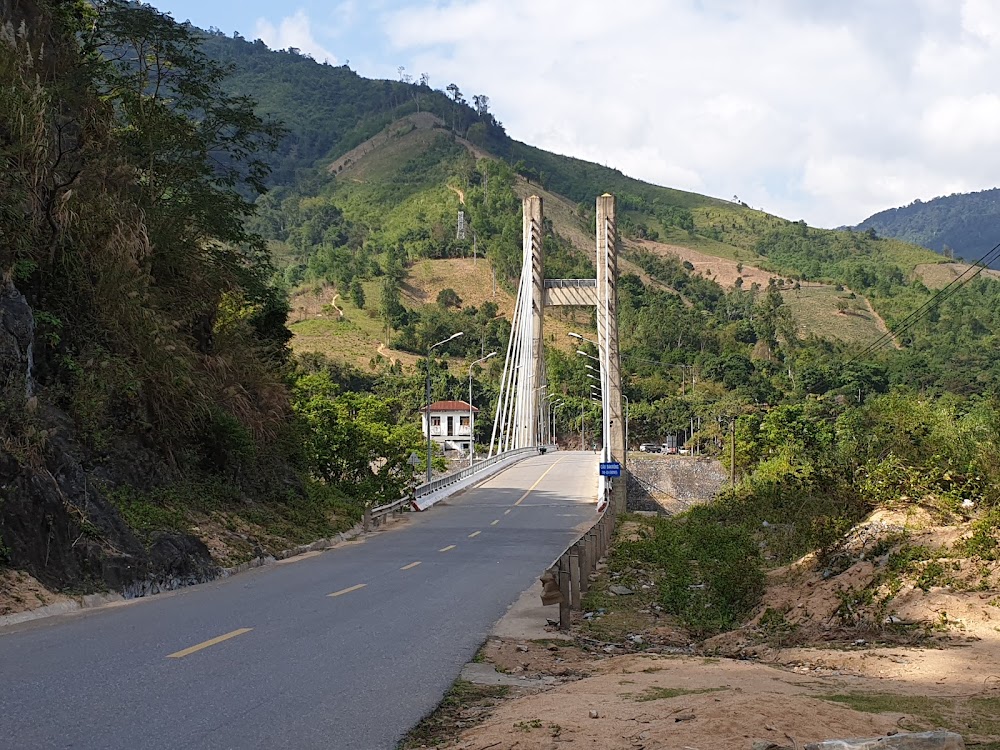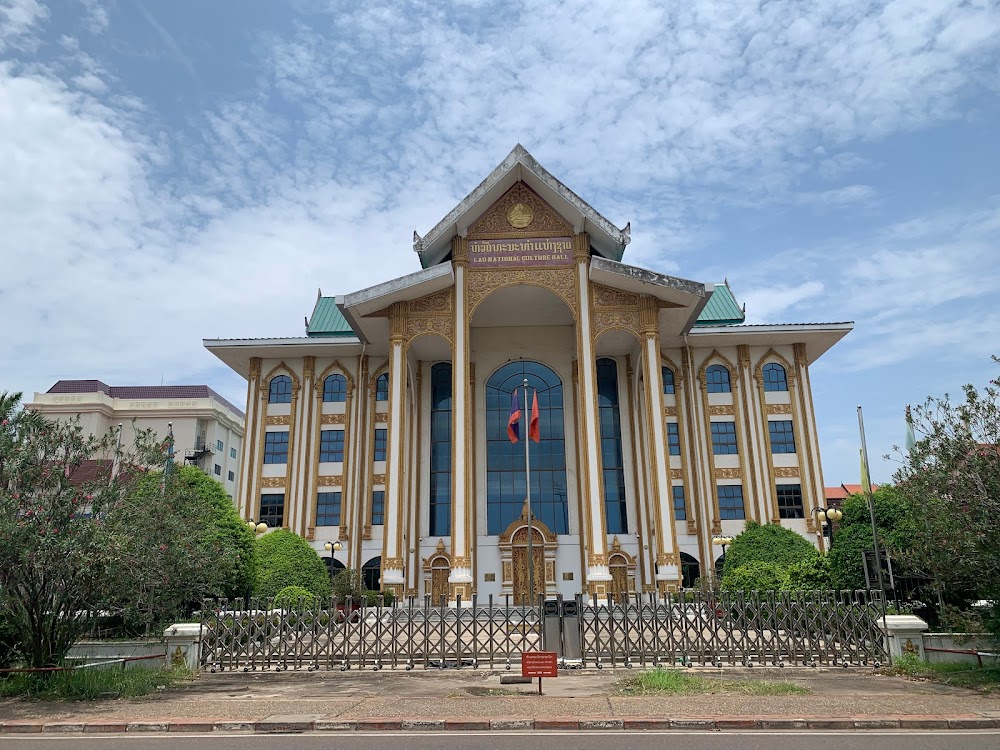Ho Chi Minh Trail (ທາງຫ້ອງຫູຈີມິນ)
Overview
The Ho Chi Minh Trail Monument in Attapeu, Laos, stands as a powerful symbol of resilience, bravery, and the indomitable spirit of those who fought during the Vietnam War. This strategic supply route, which stretched from North Vietnam to South Vietnam through Laos and Cambodia, played a crucial role in the movement of troops, supplies, and equipment, significantly influencing the war's trajectory.
The concept for the monument arose from a collective desire to honor those who traversed and experienced the trail during this tumultuous time. Local communities and war veterans shared a deep connection to this historical path, recognizing its profound significance. Attapeu's location was deliberately chosen, as it served as a critical junction on the trail, making it a poignant site for remembrance.
Construction of the monument began in the early 2000s, fueled by significant contributions from the Lao government, various veteran organizations, and international donors. The design process involved collaboration among historians, architects, and artists who aimed to create a structure that was both respectful and educational.
The centerpiece of the monument is a striking sculpture made of bronze and steel, depicting a soldier in motion, diligently carrying supplies along the trail. This figure embodies determination and hope, capturing the essence of those who navigated this challenging route. Surrounding the soldier are informative plaques and engravings that narrate the story of the Ho Chi Minh Trail, featuring maps, timelines, and personal accounts from veterans and local villagers.
Community engagement played a vital role in the monument's creation. Many residents of Attapeu contributed personal artifacts and stories, now housed in a small museum adjacent to the monument. This museum provides visitors with a deeper understanding of the trail's impact on individual lives and the broader regional history.
The unveiling of the Ho Chi Minh Trail Monument in 2004 was a profound event, attended by government officials, international dignitaries, war veterans, and local residents. The ceremony was both somber and celebratory, featuring speeches, traditional Lao music, and emotional recounting of wartime experiences.
Today, the monument serves as a site for reflection and education, attracting a diverse array of visitors, including historians, students, and tourists eager to learn about this critical chapter in Southeast Asian history. The local government, with support from veteran organizations, ensures the monument is well-maintained and remains a respected site for future generations.
To enhance visitor experience, educational programs and guided tours are regularly organized, often led by those who have personal ties to the trail. These initiatives play a crucial role in preserving the legacy of the Ho Chi Minh Trail and fostering a deeper appreciation for peace and resilience.
In summary, the Ho Chi Minh Trail Monument in Attapeu stands as more than just a tribute to the past; it is a living reminder of the strength and sacrifice that defined a generation. Its creation involved careful planning, widespread community involvement, and a dedicated effort to honor this significant aspect of history. Visiting the monument offers a profound understanding of the bravery and endurance that characterized this challenging era.







